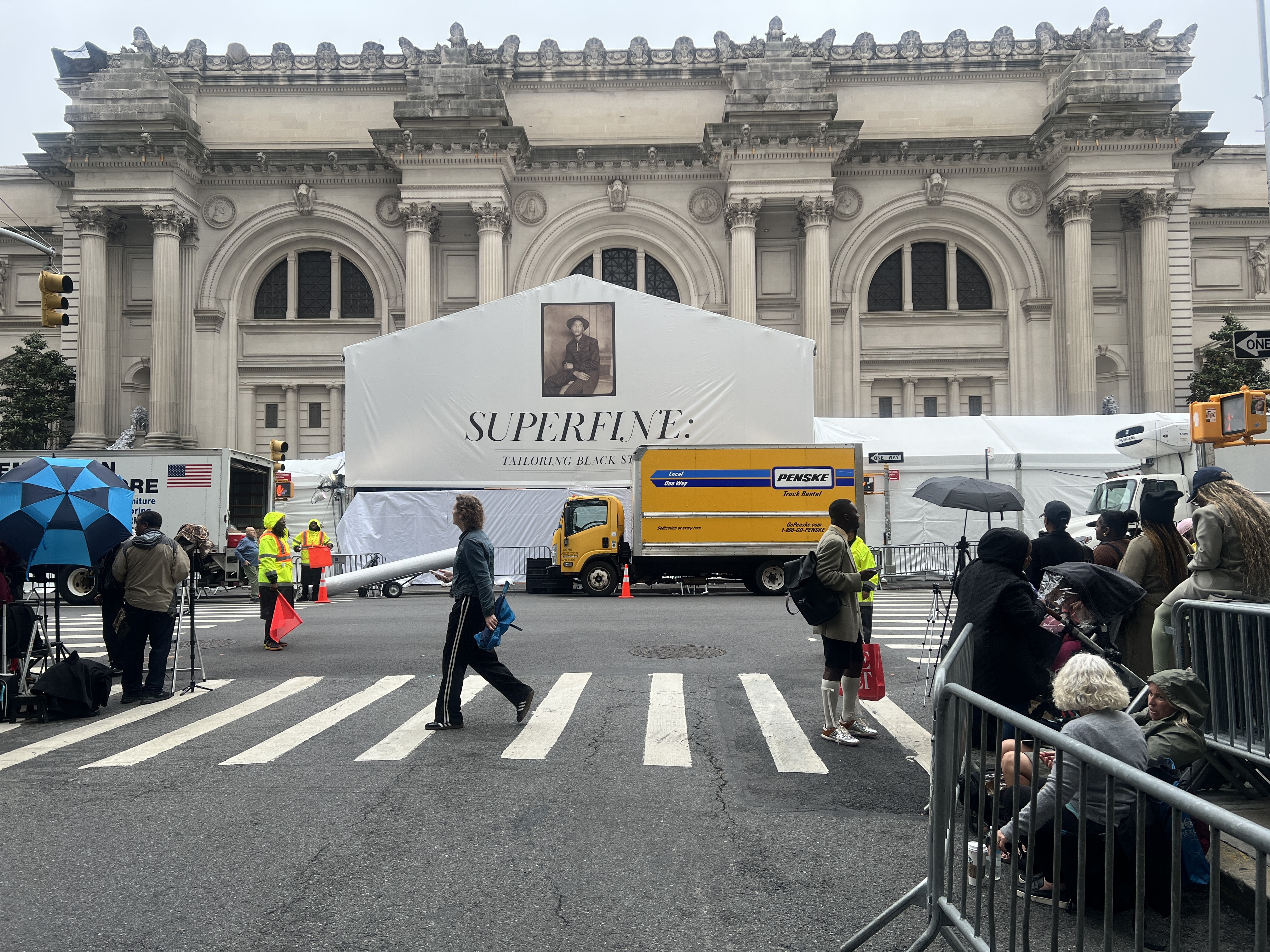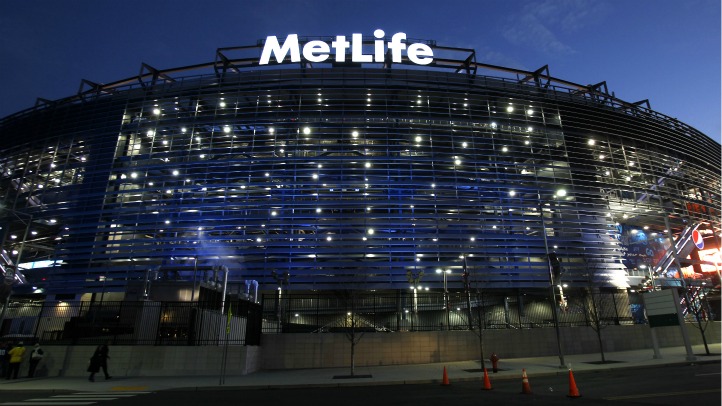Subway Stabbing: Shoe Step Leads to Deadly City Hall Attack
Tragedy on the Tracks: City Hall Subway Stabbing Claims Life After Rush Hour Shoe Incident
Introduction: A Deadly Commute
In a city that never sleeps, the morning rush hour is a chaotic dance of hurried footsteps and jostling shoulders. But on a recent Friday morning, that dance turned deadly. A seemingly innocuous incident – a stepped-on shoe – spiraled into a fatal stabbing on the platform of the Brooklyn Bridge-City Hall subway station. Can you imagine starting your day like that, only to witness such a horrific event? This is the story of John Sheldon, a 38-year-old man whose life was tragically cut short in a senseless act of violence.
The Incident: Shoe Step Turns Deadly
According to law enforcement sources, the altercation began on a northbound No. 5 train during the height of rush hour. The catalyst? A simple misstep – one passenger allegedly stepping on another's shoe. We've all been there, right? A crowded train, accidentally bumping into someone. Usually, it’s a muttered apology and everyone moves on. But this time, it was different.
Escalation: From Words to Weapons
Sources indicate that words were exchanged after the shoe incident, escalating quickly from a verbal disagreement to a physical confrontation. It’s mind-boggling how a minor annoyance could transform into such extreme violence. This shows how quickly a normal situation can turn violent if the proper precautions are not taken.
The Attack: Stabbing on the Platform
The fight spilled out of the train and onto the southbound platform of the Brooklyn Bridge-City Hall station, which serves the 4, 5, and 6 lines. This is where the situation reached its tragic conclusion.
The Stabbing: Two Chest Wounds
The victim, John Sheldon, was stabbed twice in the chest. The attacker then fled the scene, leaving Sheldon to collapse on the platform. It's a scene that paints a grim picture of desperation and violence. The whole thing lasted only a few minutes but had a lifetime impact.
The Victim: John Sheldon, 38
While details are still emerging about John Sheldon, we know he was 38 years old. He was taken to a local hospital, but tragically, his injuries were too severe. Every life lost is a tragedy, especially one with such a senseless cause.
The Suspect: Still on the Loose
As of the latest reports, the attacker remains at large. Police are actively investigating the incident, reviewing security footage, and interviewing witnesses. The NYPD is urging anyone with information to come forward. The incident is now a high priority case.
The Investigation: What We Know So Far
The investigation is ongoing, with police piecing together the events that led to the stabbing. They are working to identify the suspect and bring them to justice.
Security Footage: A Key Piece of Evidence
Security cameras throughout the subway station are likely playing a crucial role in the investigation. The footage could provide a clear picture of the attacker and the sequence of events that unfolded. This information will be crucial to help bring the man to justice.
Witness Accounts: Gathering Information
Police are also relying on witness accounts to help them understand what happened. If you were on the train or at the station during the incident, your testimony could be vital to the investigation.
The Impact: Fear and Uncertainty on the Subway
This tragic event has understandably left many New Yorkers feeling uneasy about riding the subway. The subway is an integral part of the lives of New Yorkers. A safe and reliable ride is important. While incidents like this are rare, they can have a significant impact on public perception.
Public Safety Measures: What's Being Done?
In the wake of the stabbing, questions are being raised about public safety measures in the subway system. Increased police presence, improved security camera coverage, and enhanced emergency response protocols are all being considered.
A Call for Calm: Avoiding Escalation
It's important to remember that violence is never the answer. This incident serves as a stark reminder of the importance of de-escalation techniques and conflict resolution. In today's world, proper conflict resolution is critical.
De-escalation Techniques: How to Respond
When faced with a confrontational situation, it's best to remain calm, avoid making threats, and try to diffuse the tension. Sometimes, simply walking away is the best course of action. We need to remember to stay calm in stressful situations.
The Bigger Picture: Addressing Underlying Issues
While this incident may have started with a simple shoe step, it highlights deeper societal issues, such as mental health, poverty, and access to resources. Addressing these underlying problems is essential for creating a safer and more equitable society.
Remembering John Sheldon: A Life Cut Short
Let's not forget John Sheldon. His life was tragically cut short in a senseless act of violence. May his memory serve as a call for peace and understanding. We must do better to protect one another.
Conclusion: A Tragedy and a Call to Action
The stabbing death of John Sheldon is a devastating tragedy that underscores the need for increased safety measures on the subway system, as well as a greater emphasis on de-escalation techniques and conflict resolution. The incident highlights the importance of reporting any suspicious activity to the authorities and working together to create a safer and more peaceful city. The victim's life serves as a poignant reminder of the preciousness of life and the urgent need for proactive measures to prevent similar tragedies in the future. Ultimately, this incident should prompt collective action to address underlying social issues and foster a more compassionate and understanding community.
Frequently Asked Questions
- What happened at the Brooklyn Bridge-City Hall subway station?
A man, John Sheldon, was fatally stabbed after an altercation that began on a northbound No. 5 train and spilled onto the platform. - What was the cause of the altercation?
The incident reportedly started when one passenger stepped on another's shoe, leading to a verbal argument that escalated into a physical confrontation. - Is the suspect in custody?
No, as of the latest reports, the suspect is still at large. The NYPD is actively investigating the incident and seeking information from the public. - What should I do if I witness a similar altercation on the subway?
Your safety is paramount. Do not get involved physically. Instead, try to discreetly alert authorities by calling 911 or using the emergency intercom on the train. Note the location and details of the incident if possible. - What steps are being taken to improve subway safety?
In response to the stabbing, there are ongoing discussions about increasing police presence, enhancing security camera coverage, and improving emergency response protocols within the subway system.


